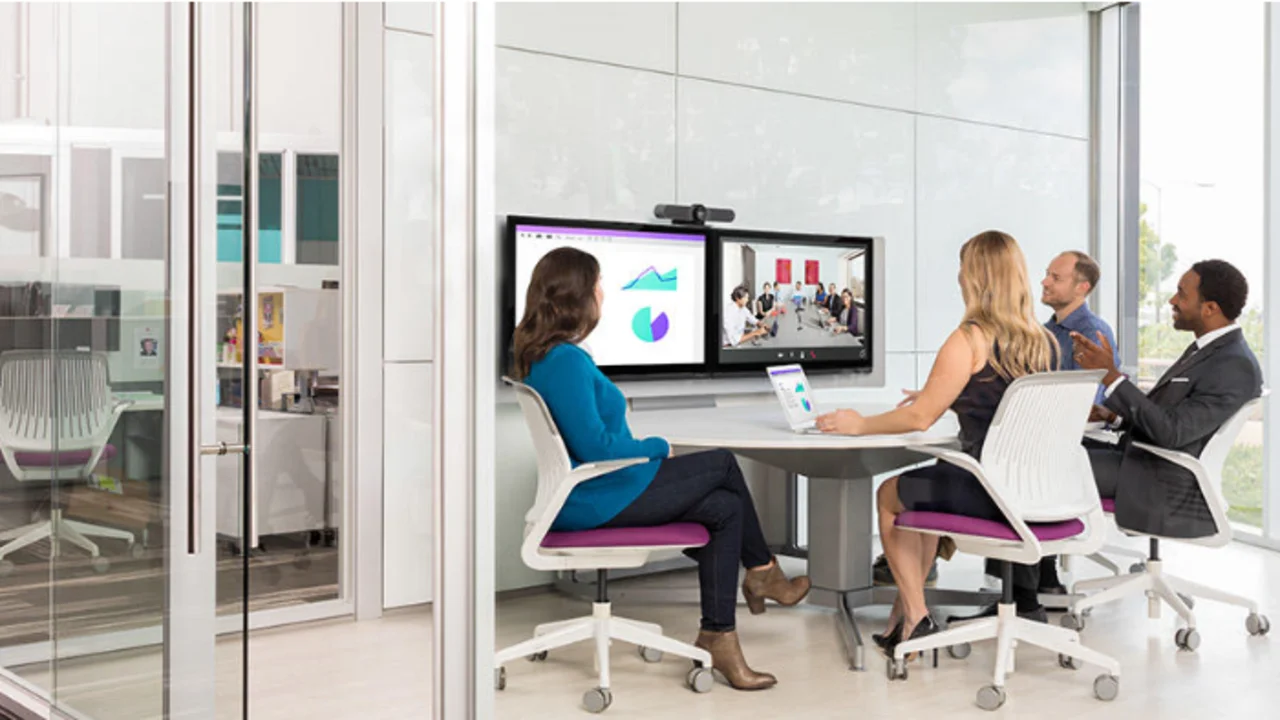In an increasingly interconnected world, audio visual (AV) integration has become a cornerstone of effective communication, collaboration, and presentation across various sectors. From corporate boardrooms and educational institutions to healthcare facilities and entertainment venues, AV integration is transforming how information is shared and experiences are created. This article explores the evolution, applications, and future of audio visual integration, highlighting its profound impact on modern society.
The Evolution of Audio Visual Integration
Audio visual integration refers to the seamless combination of audio and visual technologies to create a cohesive and immersive experience. The field has evolved significantly over the past few decades, driven by advancements in technology and changing user needs. Early AV systems were often bulky, expensive, and complex, requiring specialized knowledge to operate. However, with the advent of digital technology, AV systems have become more compact, affordable, and user-friendly.
Today’s AV integration encompasses a wide range of technologies, including high-definition displays, advanced sound systems, interactive touchscreens, video conferencing tools, and sophisticated control systems. The integration of these elements allows for a more dynamic and engaging presentation of information, making it easier to capture and retain audience attention.
Applications Across Various Sectors
Corporate Environment
In the corporate world, AV integration is essential for facilitating communication and collaboration. Modern conference rooms are equipped with large displays, high-quality audio systems, and video conferencing capabilities that enable seamless interaction between team members, whether they are in the same building or spread across different continents. These integrated systems support various collaborative tools such as screen sharing, real-time document editing, and virtual whiteboards, enhancing productivity and decision-making processes.
Education
Educational institutions are leveraging AV integration to create interactive and engaging learning environments. Classrooms equipped with smart boards, projectors, and sound systems enhance the teaching and learning experience by making lessons more visually and audibly stimulating. Additionally, lecture capture systems and live streaming technologies allow students to access educational content remotely, ensuring continuity in education regardless of location.
Healthcare
In healthcare, AV integration plays a crucial role in improving patient care and operational efficiency. Telemedicine platforms, which rely heavily on AV technologies, enable healthcare providers to conduct virtual consultations, reducing the need for in-person visits and making healthcare more accessible. AV systems are also used in surgical rooms for real-time imaging and communication with remote specialists, enhancing the precision and outcomes of medical procedures.
Entertainment and Hospitality
The entertainment and hospitality industries have embraced AV integration to enhance guest experiences. Theaters, concert halls, and sports arenas utilize advanced sound and lighting systems to create immersive experiences for audiences. Hotels and conference centers integrate AV systems to provide state-of-the-art facilities for events, conferences, and meetings, ensuring a seamless and enjoyable experience for attendees.
The Future of Audio Visual Integration
The future of AV integration looks promising, with several trends poised to shape the industry. The integration of artificial intelligence (AI) and machine learning (ML) is expected to revolutionize AV systems by enabling more intuitive and adaptive experiences. For instance, AI-driven systems can automatically adjust audio and visual settings based on the preferences and behaviors of users, creating a more personalized experience.
Moreover, the rise of virtual reality (VR) and augmented reality (AR) technologies is set to redefine how we interact with AV systems. These technologies can create highly immersive environments that blur the line between the physical and digital worlds, opening up new possibilities for education, entertainment, and communication.
Another significant trend is the increasing focus on sustainability. As organizations become more environmentally conscious, there is a growing demand for energy-efficient AV systems that minimize environmental impact. Innovations in this area include the development of low-power displays, eco-friendly materials, and energy-efficient sound systems.
Conclusion
Audio visual integration has come a long way, evolving from simple projection systems to sophisticated networks of interconnected technologies. Its applications across various sectors demonstrate its versatility and importance in modern society. As technology continues to advance, AV integration will undoubtedly play an even more critical role in shaping how we communicate, collaborate, and experience the world around us. By embracing these innovations, we can look forward to a future where information is shared more effectively, experiences are more immersive, and collaboration is more seamless than ever before.

Doris Pollard, a mesmerizing wordsmith and experienced blogger, crafts narratives that carry readers into unexplored realms. Infused with insightful perspectives and vibrant storytelling, Doris’s mastery of language captivates both hearts and minds, making an enduring impression on the literary landscape.

